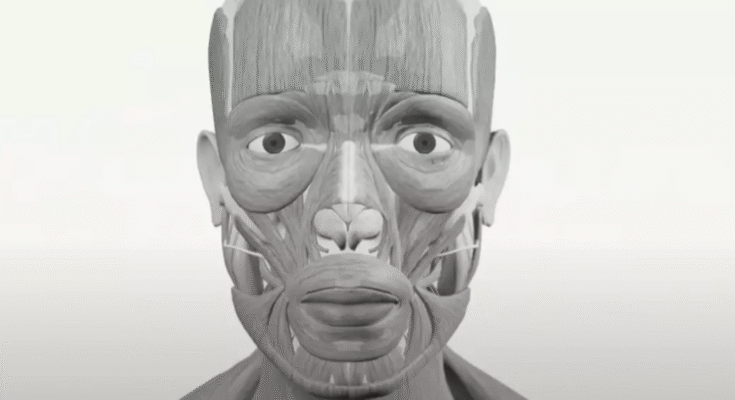The animation detailed how older generation react differently to negativity
A chilling simulation has revealed what happens to the brain as you age and how it reacts to negativity within everyday life.
Like the rest of our bodies, the brain develops as we age – but the brain is arguably one of the more important parts of the body.
You may be wondering why it’s easier to learn a foreign language in childhood and harder to remember your day-to-day tasks as you reach your later years.
Well, a simulation video uploaded by The Economist explained what happens to your brain as you age and how it responds to negativity.
Post-puberty, the brain continues to develop as brain tissue in the prefrontal cortex increases connections, the video explained.
Man with severe anger issues told brain is ‘abnormal’
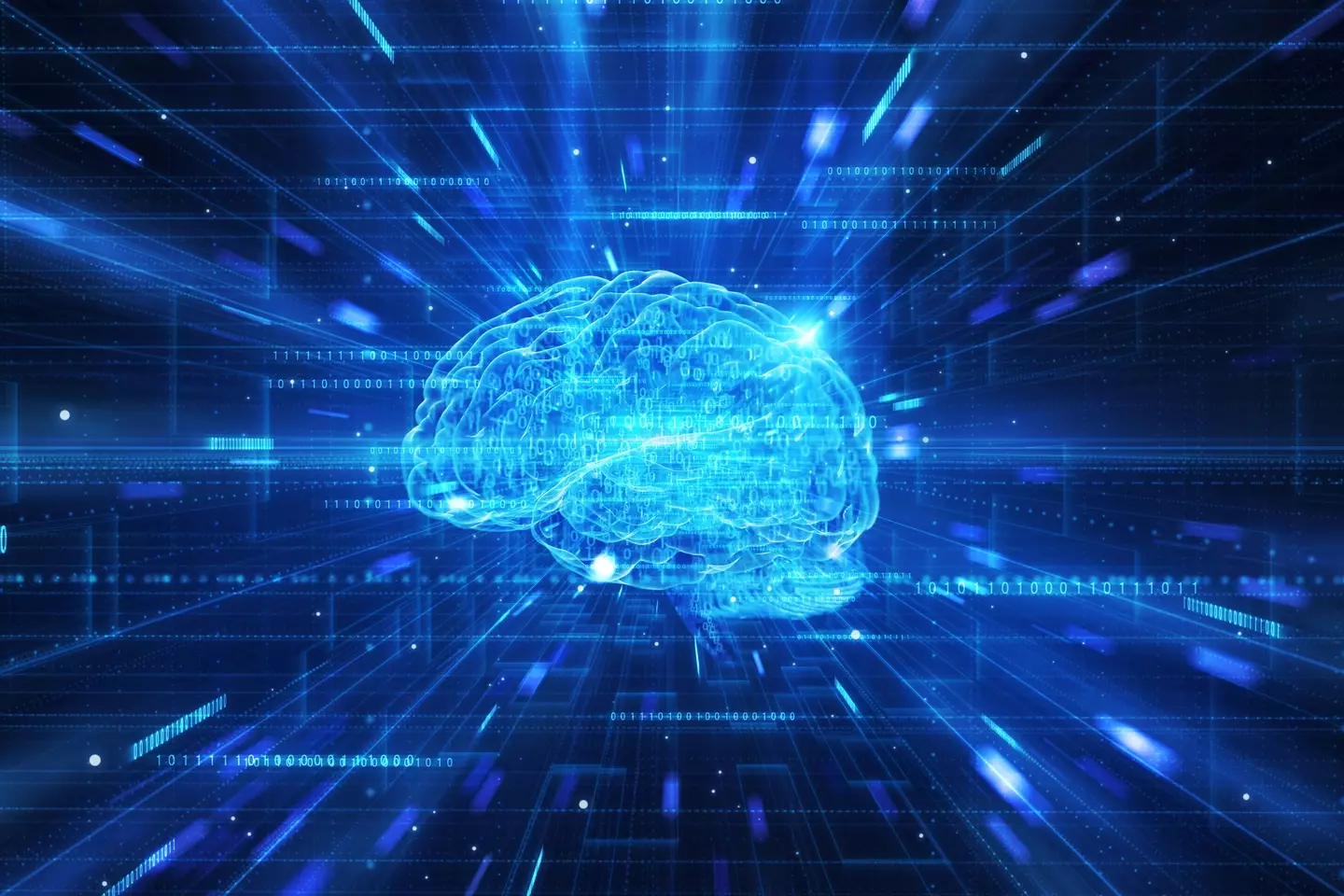
The simulation has detailed what happens as you age (Getty Stock Photo)
Come your 30s, the brain reaches ‘full development’, while white matter, which sends electrical signals between different parts of the brain and spinal cord, reaches its highest volume come the age of 40.
Older age people are found to use both sides of the brain for short-term memory, while someone more of a spring chicken are likely to just use the left hand side.
‘Middle-aged’ brains have also learnt to ‘minimize the negative’, with scientists discovering the amygdala, the part of the brain that deals with emotion, lights up when younger people look at both positive and negative images, The Economist video added.
But for older adults, it reacts much less to negative images, likely because the majority of people tend to be more resilient the more the age.
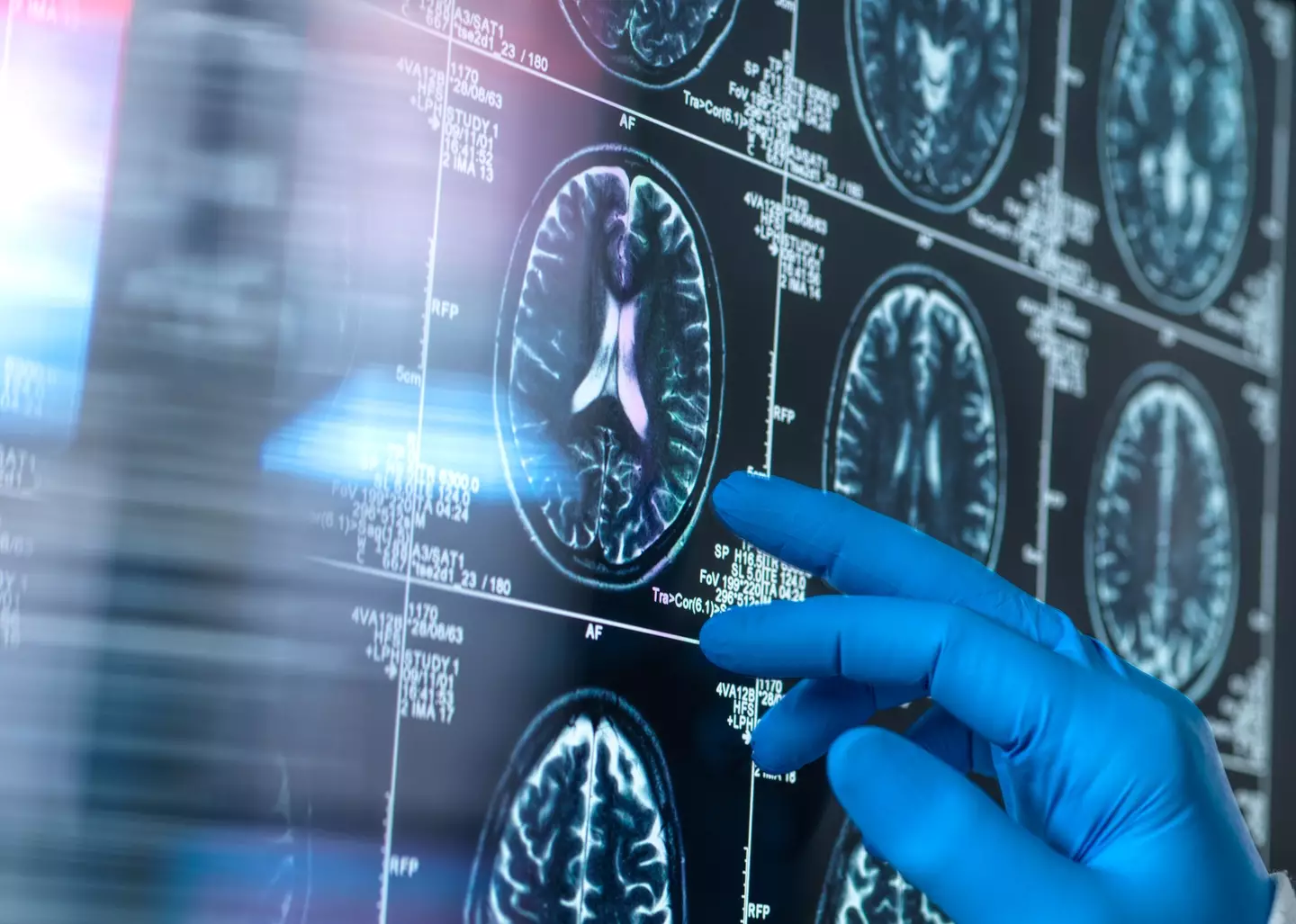
The brain changes rapidly as we age (Getty Stock Photo)
Neuroscientist and neurosurgical medical researcher, Dr Stefan Mindea, added further meat to the bone during an interview with The Mirror.
Explaining what happens at our mid-30s, Mindea said: “Many people experience shifts in cognitive priorities, often focusing more on what to contribute to the next generation and on personal self-reflection.
“This is also when some experience what’s called ‘cognitive peak’ – especially in areas like verbal memory and accumulated knowledge.
“This is basically the point when you will achieve maximum mental output or brain performance.”
As for picking things up more easily as a child, our brains go through a period of ‘pruning’ once we progress into adolescence, with unused neural connections from our childhoods going into ‘atrophy’.
Mindea added that the brain ‘gradually atrophies or shrinks’ once we pass the age of 65, which basically means we can look forward to a decline in our problem solving and processing abilities from then.Featured Image Credit: YouTube/TheEconomist
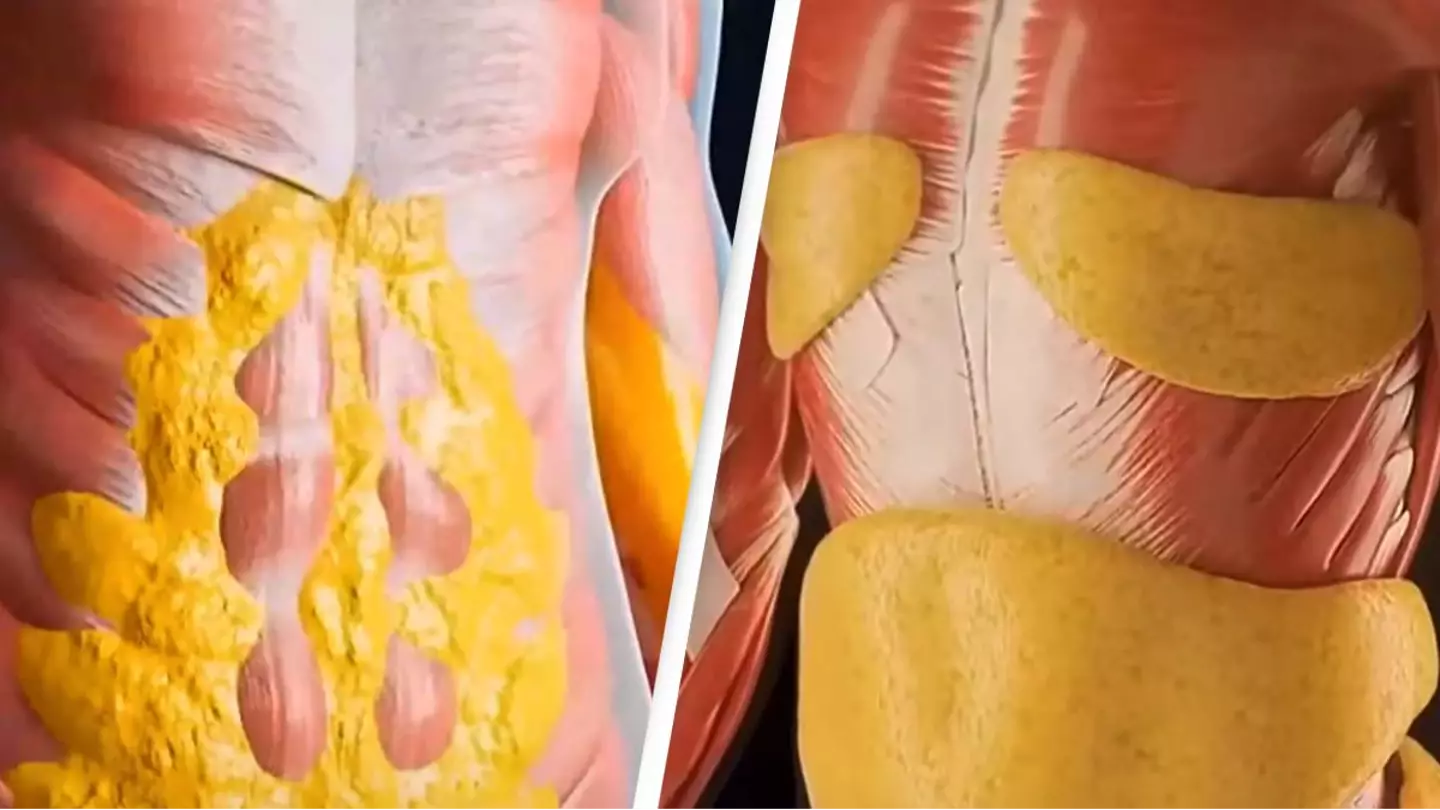
Updated 19:21 21 May 2025 GMT+1Published 19:14 21 May 2025 GMT+1
Shocking simulation shows what happens to your body when you fast for 36 hours and the extreme impact
The jaw-dropping YouTube clip shows how just four hours of not eating can cause a major impact
A mind-boggling simulation showing the impact fasting for a long period has on the body is currently going viral; however, some health experts aren’t quite so convinced.
People fast for a whole load of reasons, including religious observances, to promote weight loss, and even to improve cognitive function.
And while the idea of abstaining from food for a lengthy amount of time may seem abhorrent to some, others swear by the method and regularly incorporate it into their daily and weekly routines.
According to experts at Medical News Today, fasting can also help regulate blood sugar levels and improve insulin sensitivity when completed safely.
Fasting, however, isn’t for everyone, and it’s recommended that you seek health advice before embarking on one.
However, if you’re curious, a popular YouTube page has detailed exactly what happens to your body during a 36-hour fast—and the results are wild.

Your body goes through some mind-boggling changes if you don’t eat food for 36 hours (Getty Stock Image)
What happens to your body during a 36 hour fast?
Four hours
In a 55-second video, posted to YouTube by Wellness Wise on May 6, it’s revealed that after four hours of fasting, your body stops digesting food.
According to popular practitioner Doctor Kiltz, this is what is known as the ‘catabolic phase’.
On his website, he says this period is ‘characterized by the breakdown of larger molecules of stored energy into smaller energy molecules which are mobilized to fuel your cells’.
Eight hours
So you haven’t eaten for eight hours?
Well, this is the time when sugar starts to drop in your blood and your body begins to use stored glycogen for energy instead of relying on new fuel coming in, as per the YouTube video.
12 hours
After 12 hours, your body is depleted of glucose, causing your liver to start breaking down fat into fatty acids called ketones.
This process of turning ketones into food is known as ‘metabolic switching’ and, according to the BBC, is the reason why fasting can lead to weight loss.
.jpg)
Different things happen to your body the longer you abstain from food (Getty Stock Image)
16 hours
A cellular process known as autophagy takes place after 16 hours of going without food.
As per the Cleveland Clinic, this allows a cell to disassemble its junk parts and repurpose the salvageable bits and pieces into new, usable cell parts.
Dr Hiltz explains that exercise and resistance training also helps the autophagy process because if it gets disrupted, it can cause ‘problems associated with abnormal cell growth’. Yikes.
24 hours
A full day without food is a pretty long time for most, but this 24-hour mark is where major cellular repair takes place in the human body.
According to the YouTube video, which has been viewed more than eight million times, your body is fully in fat-burning mode, reducing inflammation and improving insulin sensitivity.
30 hours
The growth hormone spikes 30 hours after fasting, which reportedly helps to preserve muscle and promote fat loss.
The YouTube video also states that this is the period where ‘deep healing’ begins.
36 hours
If you fast for 36 hours then you’ve reached the stage of maximum autophagy where your body regenerates tissues and boosts your metabolism.
This full-body reset can be extended to upwards of 72 hours if you want, too.Play
What do researchers say about fasting?
Experts are divided on whether or not fasting is good for the body, with some claiming a lack of human-backed studies renders making conclusions difficult.
“There [are] a lot of proposed benefits to [running on fats]. But a lot of the research hasn’t really [been borne out in] human beings. So we don’t see dramatic health benefits, certainly in the short term,” James Betts, professor of metabolic physiology at the University of Bath, told The Guardian.
Meanwhile, studies have also found that people who regularly fast more than 16 or 18 hours a day have a higher risk of gallstones, as per News In Health.
Other potential fasting side effects include intense hunger and food cravings, various digestive issues, irritability and low moods. Mark Mattson, a Johns Hopkins neuroscientist, argues that there are a myriad of benefits that come with fasting.
“Many things happen during intermittent fasting that can protect organs against chronic diseases like type 2 diabetes, heart disease, age-related neurodegenerative disorders, even inflammatory bowel disease and many cancers,” he says.
Remember, everyone reacts differently to fasting—so it’s worth checking with your medical professional before taking part in the practice.Featured Image Credit: YouTube/Wellness Wise
Topics: Food and Drink, Health, Science, YouTube

Updated 09:16 17 Aug 2024 GMT+1Published 23:03 16 Aug 2024 GMT+1
People left stunned after seeing simulation of what happens to your brain when you die
It gives a whole new meaning to life flashing before your eyes
People are shocked after watching a surprising simulation of what happens to our brains when we die.
While the imminent reality of death is quite frightening and one can go on and on about the mortal dread of it all, apparently our brains do a neat little trick for us at last call that’s actually quite beautiful.
What You Never Knew About The Brain
Brain, Human Body, Minds, Thoughts, Thinking
Although death sees our vital organs shutting down, some medical outlets like the Cleveland Clinic have claimed that our brain activity actually continues on for several minutes after death.
While it’s hard to visualize or understand what really happens to us after dying, a shocking simulation made by content creator Zack D. Films attempts to describe what happens to our brain the moment we die.
“Right before you die your brain has a surge of activity causing a type of electrical wave,” he explains.
“These waves activate parts of the brain associated with memory and consciousness and this can continue for up to two minutes after death.”
“Now since there isn’t a biological reason for this to happen,” he continued.
“Some researchers believe that the brain is pre-planned to do this, giving you a chance to recall memories one last time.”
Personally, I got goosebumps (and a little bit of mortal panic), and it seems that many have felt the same way.
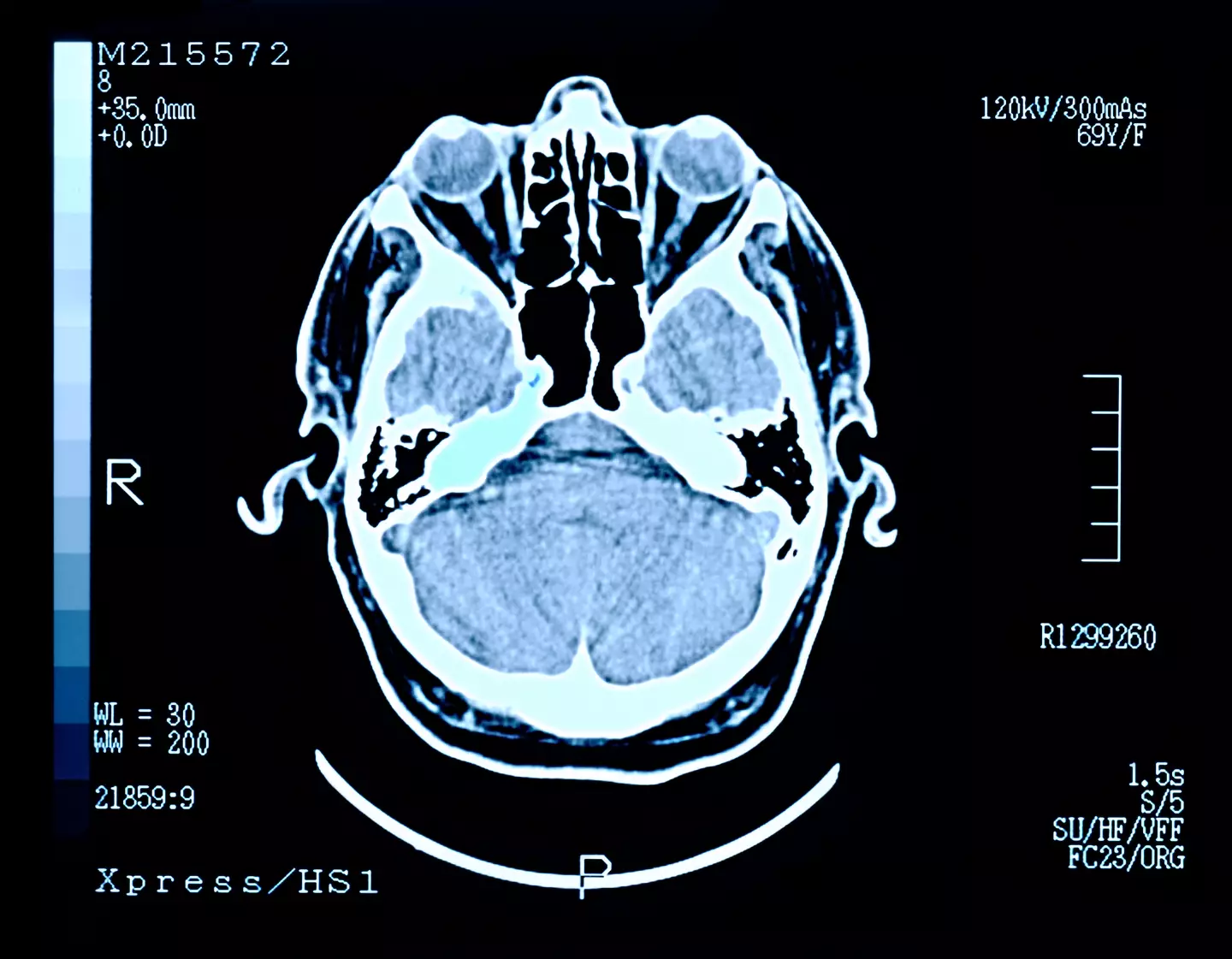
Our brains seem to give us a shot of memories when dying. (Getty Stock Photo)
In the YouTube comments underneath the video, one user wrote: “I like the idea of these last few minutes being a feeling of total euphoria like you’ve never felt before in life.
“To comfort you during something so frightening.”
Another user wrote: “Wait that’s actually so sad though. It’s like the brain is trying to comfort you and itself before dying by using your best memories.”
“Your life flashes before your eyes makes so much sense,” one user noted.
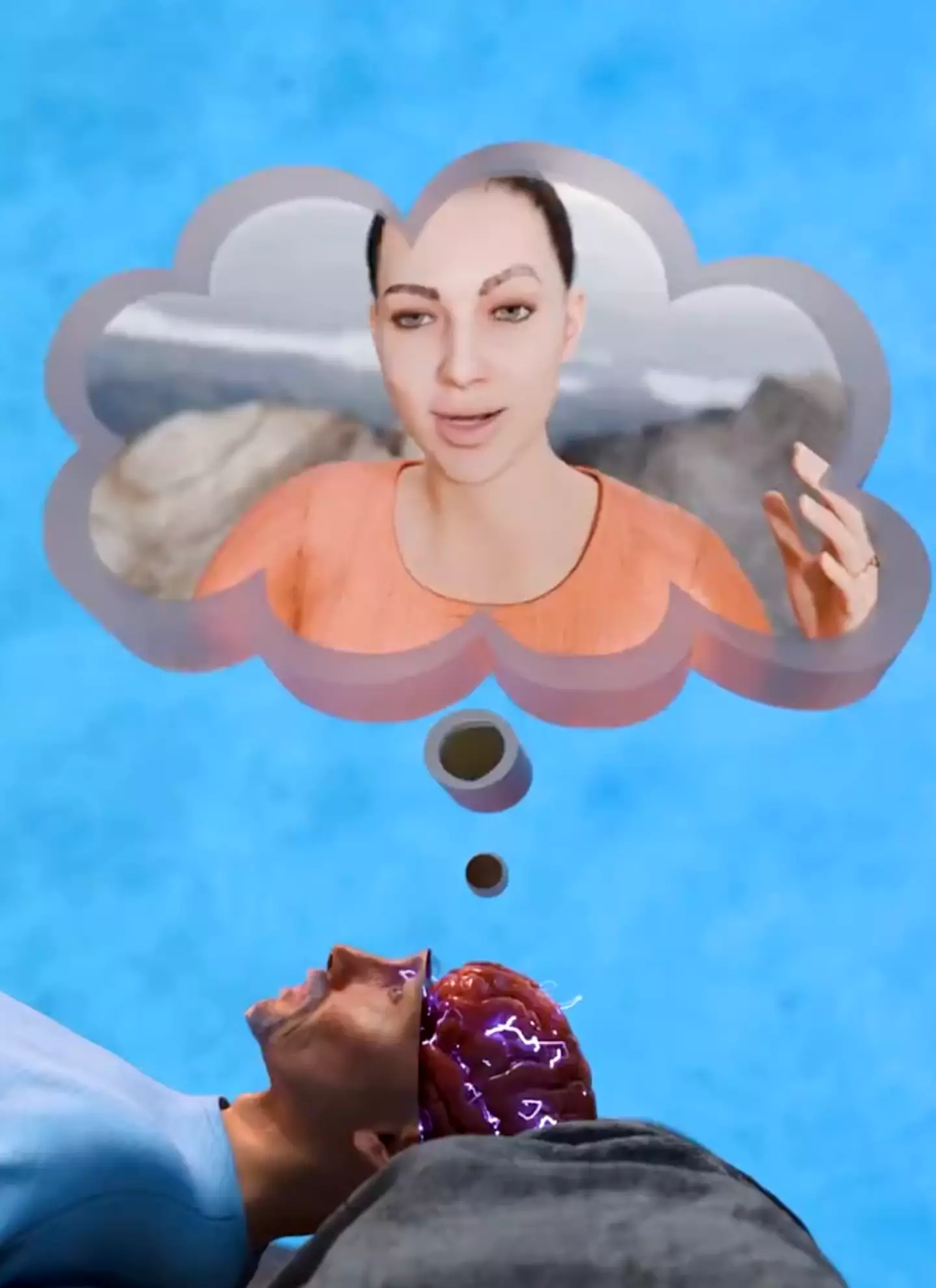
Some people think it’s a heart-warming sendoff. (YouTube/ Zack D. Films)
“It’s wild how our brain literally gives us a sendoff/memorial and comforts us,” another added.
Now if you want to actually sink your teeth into the science of it all, the idea of our brain playing out our memories was explored in a study titled “Surge of neurophysiological coupling and connectivity of gamma oscillations in the dying human brain” published in the Proceedings of the National Academy of Sciences.
In the study, scientists mapped out the brain activity of four people while they were dying, and found bursts of activity in their brains after their hearts stopped.
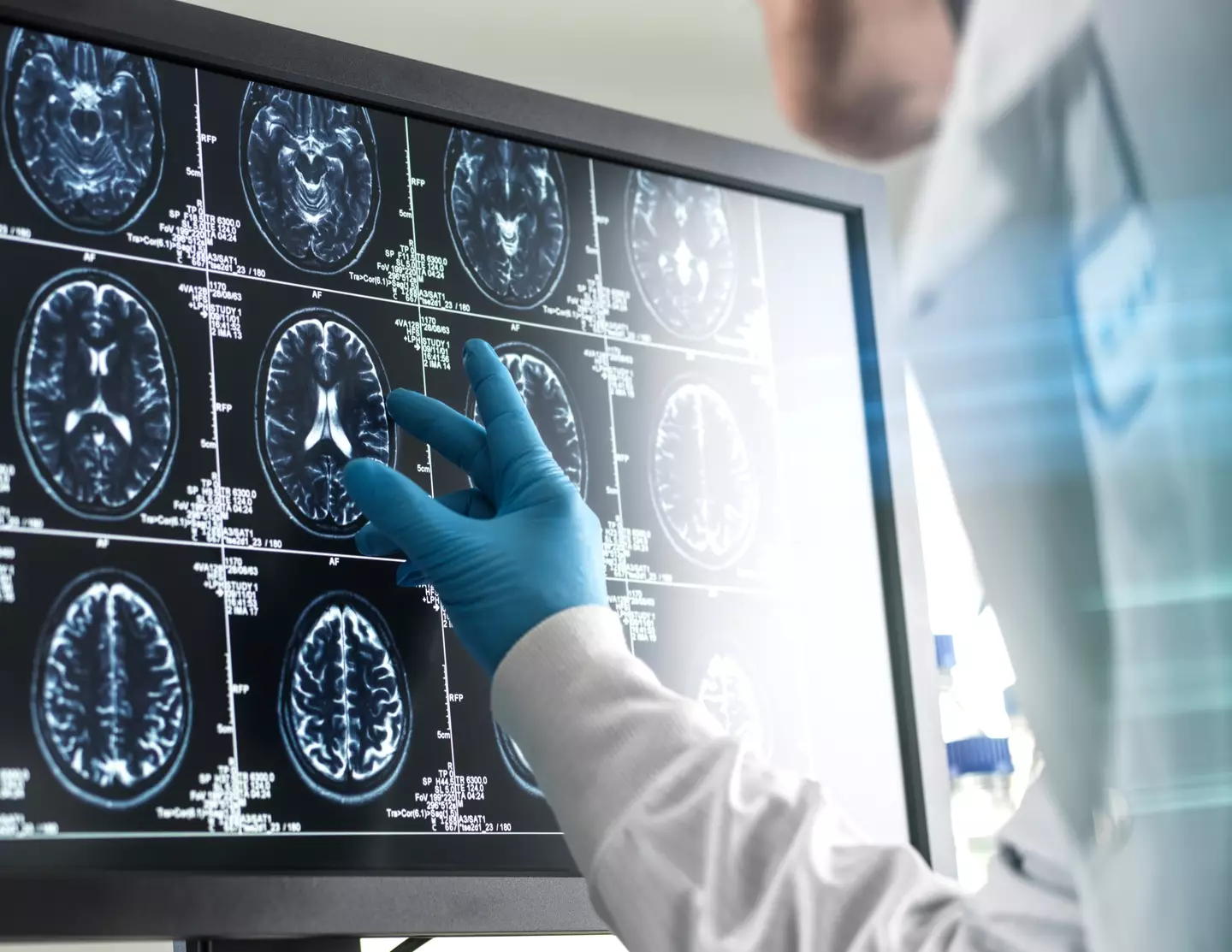
Scientists monitored the brain activity of four dying patients to see these results. (Getty Stock Photo)
Sam Parnia, a pulmonologist at New York University Langone Medical Center, said the study suggests we’re ‘identifying a marker of lucid consciousness.’
Moreover Ajmal Zemma, a neurosurgeon at the University of Louisville, says gamma waves can signal that different parts of the brain are working together to essentially create the image of an object or a memory.
He says how the brain does this is ‘one of the biggest mysteries in neuroscience,’ but seeing those same gamma waves in a dying person suggests a biological mechanism for the idea of the brain replaying memories in our final moments.
I think it’s quite touching that our brain gives us a little pat on the back, but would you agree?Featured Image Credit: YouTube/ Zack D. Films / Getty Stock Photo

Published 12:46 5 Jan 2025 GMT
Expert explains what happens to your brain when you stop using social media
Research has found that those of us who take a break from social media actually gain more self-confidence along with many other positives
How bliss would it be to spend your free time appreciating life around you, even the little things like looking out the window on your commute to work or reading a book before bed.
But no, we spend it locked-in on our phones in a zombie-like state doomscrolling on whatever platform you prefer – and really all we’re watching is a load of rubbish.
Country passes landmark bill banning social media for under 16s
Personally, I’ve removed access to Facebook, Instagram, Snapchat and TikTok on my phone, although I’ve had to download them again for work but having been off them for so long they don’t get touched as I know what would happen – I’d scroll for hours.
Instead, I stupidly now do the exact same but over on YouTube with the streaming platform also buying into short videos on an endless loop. But we just can’t not go on them, can we? If we go to the loo we’ve got to be equipped with our phones – it’s like a disease we can’t shake.
So, what would happen to your brain if by some miracle you do manage to exile yourself from social media?
Expert on the matter Ana Lembke, who specializes in addiction medicine and has even wrote a book on the matter titled Dopamine Nation: Finding Balance in the Age of Indulgence, warned that people do get addicted to social media.
She explained that something as simple as a ‘like’ on one of your photos on Instagram or Facebook would trigger dopamine – the brain’s happy hormone.

Doomscrolling has become the norm in society but almost all of us will confess that we actually don’t want to have our heads in our phones (Getty stock)
Watching too much social media can unbalance your dopamine levels and actually lead to a depletion where you need to spend more time on your phone to feel ‘normal’.
Speaking per Vijesti, she said: “A break from this social media-induced dopamine cycle can allow the brain to reset reward pathways.”
Which, in turn, stops the compulsive behaviour of over-compensating to trigger dopamine.
So, how long must you abstain to reset your brain’s ‘reward system’?
Well, Lembke believes you should try and reach four weeks off social media but even a few days would do you a world of good. She explained that a study of 65 girls aged between 10 and 19 revealed that those that took a three-day break reported having more self-confidence.
As your brain reconfigures to lower dopamine levels, like any addiction, you’ll begin to have cravings for it or become more anxious. but as the days go on it will get easier.

Social media can be as addictive as taking drugs (Getty stock)
Co-author of The Social Media Detox, published in the National Library of Medicine, Sarah Woodruff revealed that she found that the girls involved in the study felt a ‘sense of disconnection’, but speaking in a WhatsApp group with others ‘made them feel less alone’.
As part of her research, 31 young adults completed a two-week social media detox whereby their usage was limited to just a half hour each day.
“We can use that time to take a step back and become more aware of what we’re doing on social media and whether it’s benefiting us,” says Woodruff.
While part of her abstract for the study read: “In conclusion, the findings of this exploratory study provide initial support for the use of social media digital detoxes, suggesting that limiting usage can have beneficial effects with regards to smartphone and social media addiction, as well as many other health-related outcomes.”Featured Image Credit: Getty Images/AleksandarNakic/Getty Images/Monty Rakusen
Topics: Social Media, Mental Health, Technology, Health, Science

Published 13:49 28 Jun 2024 GMT+1
Disturbing video shows what happens if you don’t close your toilet lid before flushing
If your toothbrush lives in the bathroom, you might want to watch this video
You’ve probably been told to close the toilet lid before flushing in the past but thought nothing of it – that is until now.
A video of a science experiment involving half a toilet has gone viral on social media, including TikTok and X, and let’s just say you won’t feel the same way about your toothbrush.
The recording, from TikToker DIYMAN_PRO, shows just how many germs escape from the loo after flushing it.
The researcher behind it places a green laser on the toilet seat and records the moment the toilet is flushed and the thousands of germs from the water breaking through the laser.

Germs from the toilet are seen flying out of the loo when it is flushed. (TikTok/DIYMAN_PRO)
In a second experiment he then pours a neon liquid directly into the toilet tank, waits for it to mix and then again presses the flusher which shows just how far the ‘poo particles’ can reach by using a black light to uncover this.
The ultraviolet light showed that germs manage to escape from the toilet and onto almost everything around it – including toothbrushes!
But it isn’t the only experiment of its kind.
John Crimaldi, who in 2022 was a professor of engineering at the University of Colorado, undertook a similar study.
He told Business Insider the team’s ‘jaw dropped’ when they first saw the experiment as he had ‘no idea and no reason to believe’ they would carry as high and as wide as they did.

What could be described as ‘poo particles’ from the toilet landed on a nearby toothbrush in the experiment. (TikTok/DIYMAN_PRO)
Writing in the study, which was published here, the researchers noted: “Our results demonstrate the surprisingly energetic and rapid growth of aerosol plumes from a commercial toilet and highlight the chaotic nature of the fluid kinematics that transport the particles.”
Crimaldi said his footage could change people’s perceptions of traditional toilets, and says he’s already started looking at them ‘suspiciously now’.
He told the publication: “You go to the bathroom, you flush the handle, the stuff disappears, you’re like: ‘boom, works great!’
“Then you look at the videos that we took and you’re like: ‘oh, maybe not so great!’
“I can tell you this has fundamentally changed my relationship with toilets. I look at them suspiciously now.”
Adding: “I can sort of see in my mind’s eye these aerosol clouds that are filling that whole room.”
But by flushing the toilet with the lid down you can reduce airborne particles from flying out your toilet by as much as 50 percent, according to research undertaken by University College Cork.
So, well, I’m sorry that I’ve had to share this footage with you but at least you won’t be brushing your teeth with toilet juice on anymore!Featured Image Credit: TikTok/@DlYMAN_PRO
